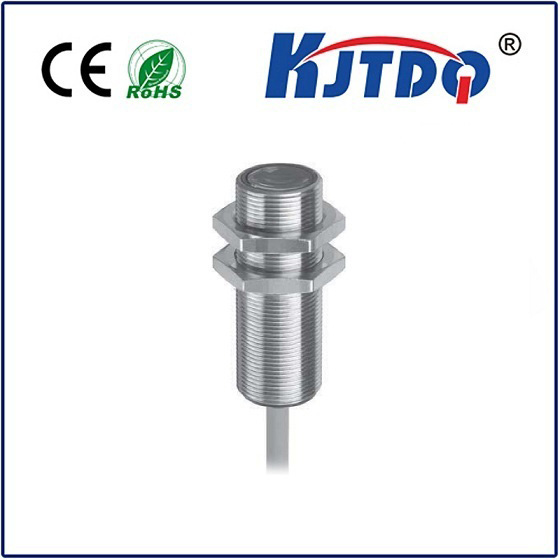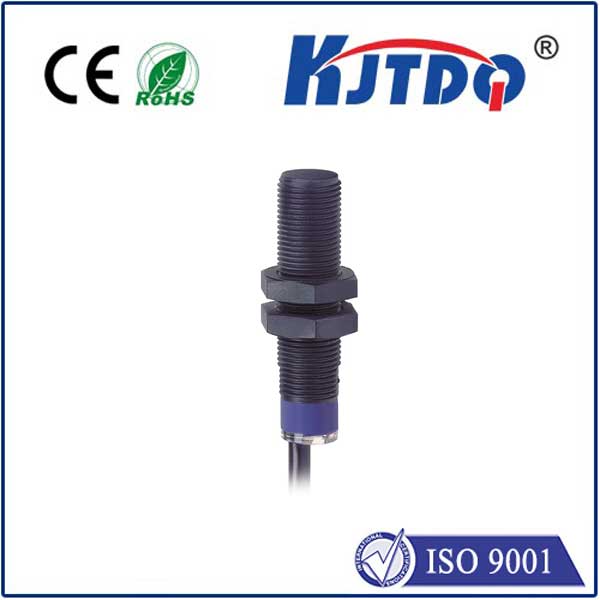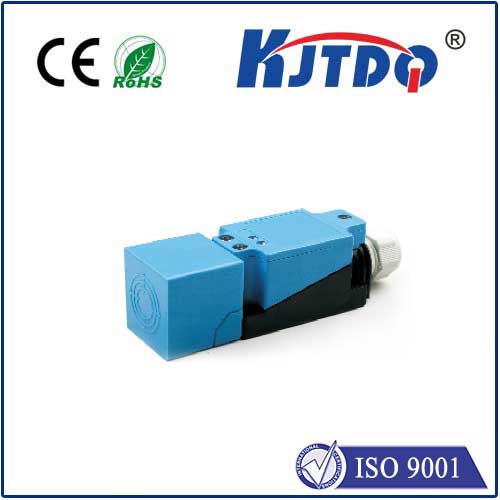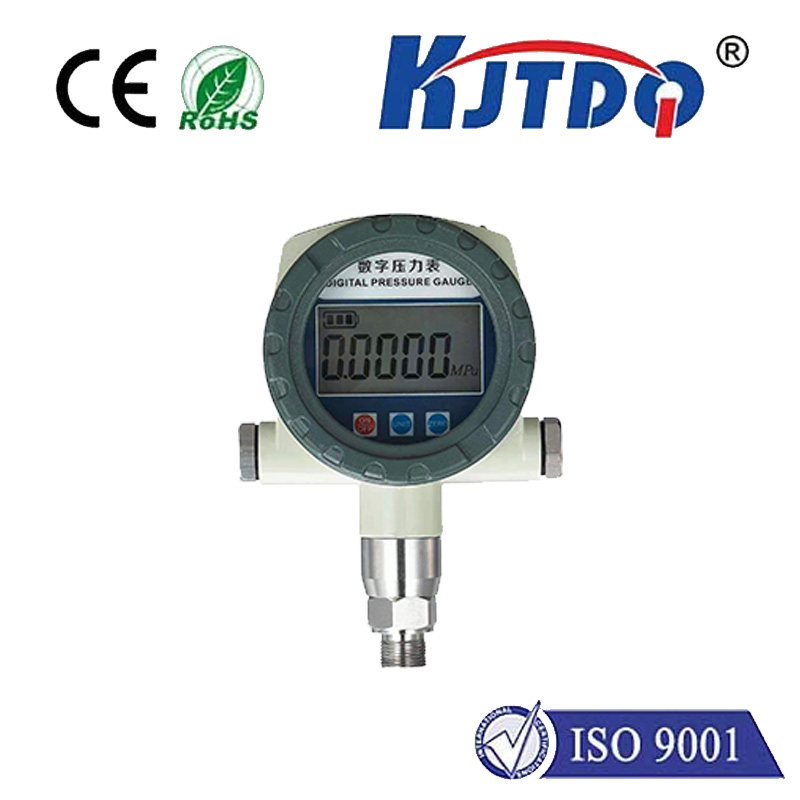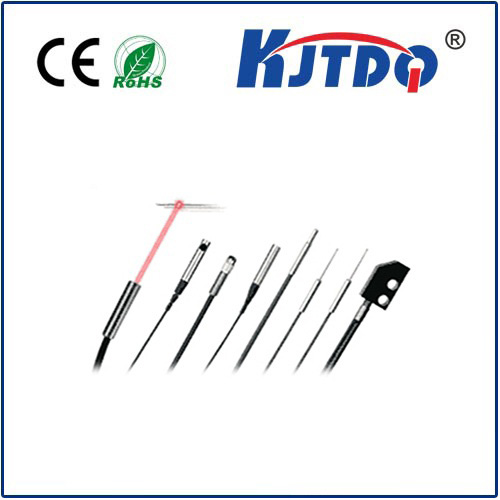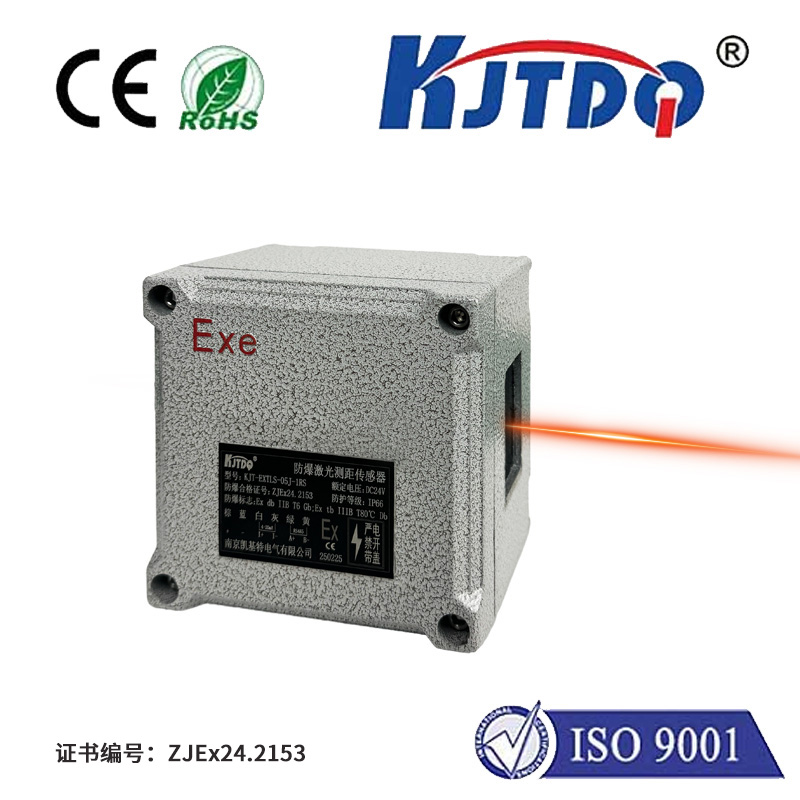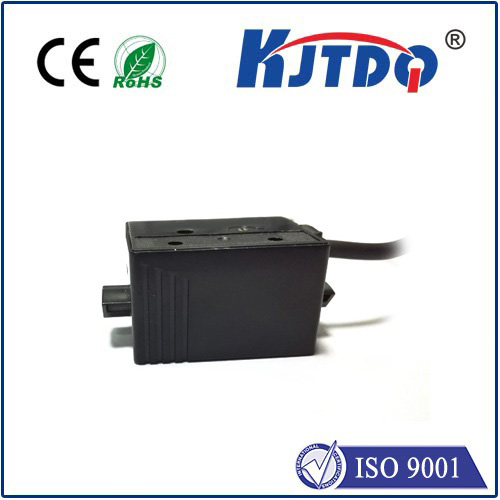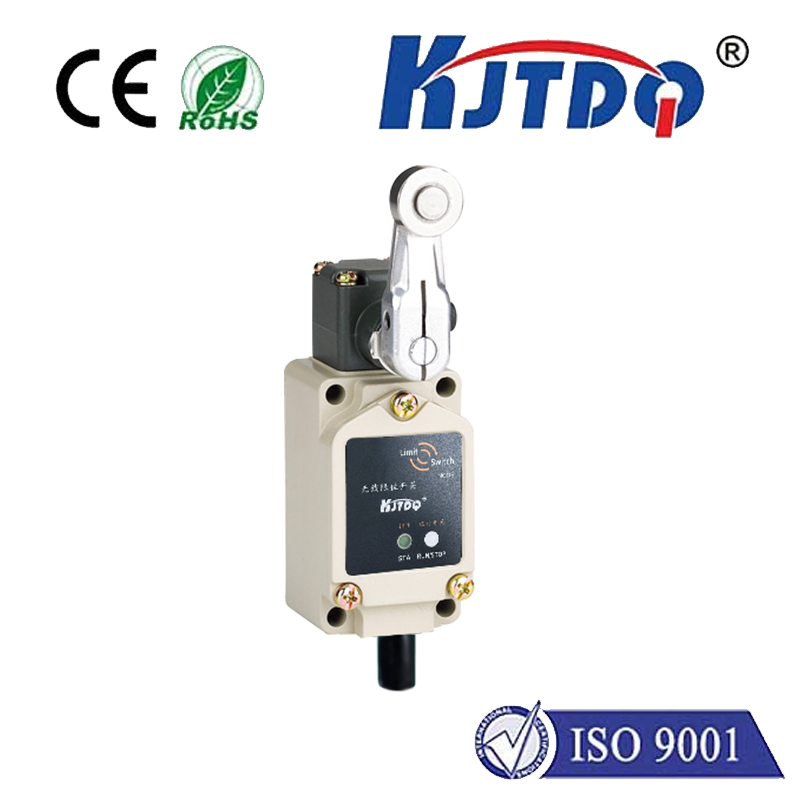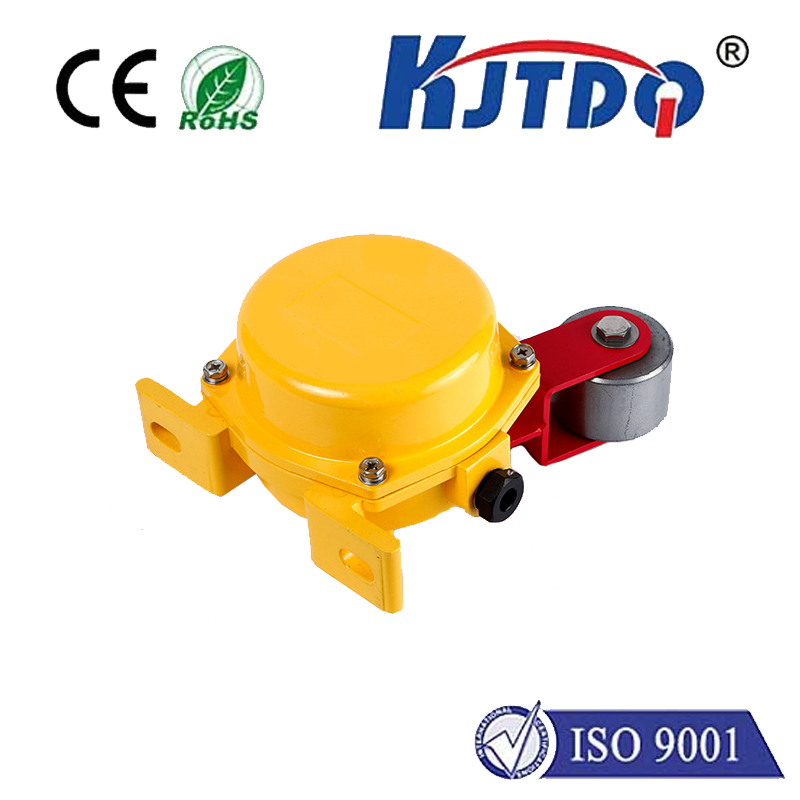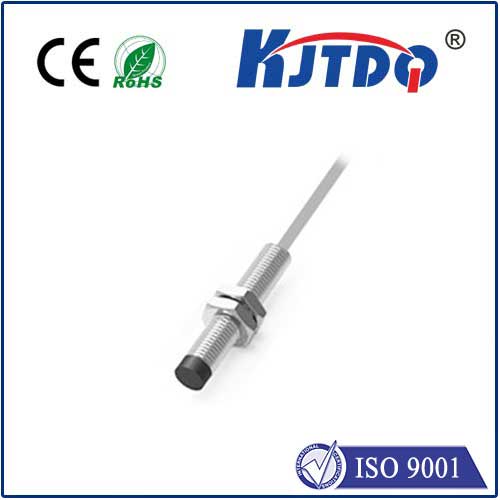BES05NZ proximity sensor
- time:2025-10-17 04:52:39
- Нажмите:0
The Unseen Guardian: Why the BES05NZ Proximity Sensor Powers Precision Automation
Imagine a complex assembly line humming with activity. Robotic arms swing with pinpoint accuracy, conveyor belts glide seamlessly, and parts snap together perfectly. Behind this symphony of motion lies an invisible network of sentinels: proximity sensors. Among them, the Balluff BES05NZ stands out as a remarkably reliable and compact force, especially where space is tight but demand for precision is high. This M5 threaded inductive sensor isn’t just a component; it’s a fundamental building block for robust, efficient, and dependable industrial automation.
Understanding the Core: What is the BES05NZ?
At its heart, the BES05NZ proximity sensor is an inductive non-contact switch. It doesn’t need physical touch to detect the presence of metallic objects – typically ferrous metals like iron or steel, and often non-ferrous metals like aluminum or brass depending on the specific variant and factor (reduction factor). When a target enters its defined sensing range, it disrupts an electromagnetic field generated by the sensor’s coil. This disruption is detected and triggers a change in the sensor’s output state (like switching an NPN or PNP transistor), sending a crucial signal to the machine’s control system: “Target detected here, now!” This simple, contactless principle is key to its longevity and reliability, eliminating wear and tear common to mechanical switches.
Why the BES05NZ Earns Its Place: Key Features and Advantages

While proximity sensors are common, the BES05NZ shines due to a combination of carefully engineered features:
- Miniature M5 Size: This is arguably its most defining characteristic. With an incredibly compact M5 x 0.5 thread and short housing, it excels in applications where space is severely constrained. Think tiny robotics arms, densely packed machining centers, or miniature assembly stations where larger sensors simply won’t fit. Its small footprint offers unparalleled installation flexibility.
- Robust Construction & IP67 Rating: Built for the harsh realities of industrial environments, the BES05NZ boasts a sturdy nickel-plated brass housing. Its IP67 protection rating signifies immunity to dust ingress and the ability to withstand immersion in water up to 1 meter for 30 minutes. This makes it resilient against coolants, washdowns, oil splashes, and general shop-floor grime, ensuring consistent operation.
- Reliable Inductive Sensing: Offering a standard sensing range of 0.8mm, the BES05NZ provides dependable detection within its compact size constraint. Its inductive nature ensures resistance to dirt, dust, moisture, and other contaminants that could plague optical sensors, making it ideal for challenging environments.
- Wiring and Output Flexibility: The BES05NZ series typically includes versions with pre-wired cables or M8/M12 quick-disconnect connectors (like BES05NZ-PSC30B-S04G), catering to different installation preferences. Crucially, it’s available in various output configurations: NPN Normally Open (NO), NPN Normally Closed (NC), PNP NO, and PNP NC. This versatility allows seamless integration into diverse control systems and logic requirements.
- Flush or Non-Flush Mounting Options: Many variants are flush mountable, meaning they can be installed embedded within a metal bracket without losing sensing capability, offering protection and a sleek profile. Non-flush versions provide slightly longer sensing ranges relative to their size.
- LED Status Indicator: A built-in LED clearly signals the sensor’s operational state (power on, target detected), simplifying commissioning, troubleshooting, and diagnostics on the factory floor.
Where the BES05NZ Makes Its Mark: Critical Applications
The unique blend of miniature size, ruggedness, and reliable sensing makes the BES05NZ indispensable across numerous sectors:
- Miniature Robotics & Cobots: Providing end-of-arm tooling detection, part presence confirmation in grippers, or verifying component positioning within the limited space of collaborative robots.
- Packaging Machinery: Detecting small metal components, verifying cap placement, monitoring tiny actuator positions, or confirming foil seal presence on high-speed packaging lines.
- Machine Tools (CNC Lathes, Mills): Monitoring tool changer arms, confirming tool presence in holders, detecting small coolant system components, or providing positional feedback on compact slides.
- Semiconductor & Electronics Manufacturing: Verifying placement of tiny metal contacts, detecting miniature actuators in wafer handling equipment, or position verification in highly miniaturized assembly cells.
- Перевозка материалов: Confirming the position of small pneumatic cylinders, detecting miniature metal flags on conveyors, or monitoring components within compact sorting mechanisms.
- Medical Device Assembly: Ensuring precise positioning of metal components in small-scale, high-precision medical device manufacturing equipment where cleanliness and reliability are paramount.
The Tangible Benefits: Why Choose a Compact Powerhouse?
Integrating a BES05NZ proximity sensor translates into real-world operational advantages:
- Increased Machine Uptime: Its non-contact operation, robust build, and environmental resistance minimize failures due to mechanical wear or contamination, leading to fewer production stoppages.
- Enhanced Precision & Repeatability: Reliable detection within its sensing range ensures accurate part positioning, tool verification, and process sequencing, critical for consistent quality.
- Space Optimization: The M5 size unlocks automation possibilities in previously unusable confined spaces, enabling more compact machine designs.
- Simplified Maintenance: Rugged construction and straightforward operation significantly reduce the need for calibration or replacement compared to mechanical switches or more fragile sensor types.
- Cost Efficiency: Reduced downtime, lower maintenance costs, and the ability to solve complex problems in small spaces contribute to a favorable return on investment.
Ensuring Optimal Performance: Considerations
While powerful, maximizing the BES05NZ’s effectiveness requires attention:
- Target Material: Standard models are optimized for steel. Detection distance for non-ferrous metals (aluminum, brass, copper) is significantly reduced (see the sensor’s datasheet for the specific reduction factor). Special variants offer optimized performance for non-ferrous metals or both.
- Sensing Range: Respect the specified 0.8mm range. Accurate mounting and target positioning are crucial for reliable operation due to the inherently short range dictated by its size.
- Electrical Compatibility: Always select the correct output type (NPN/PNP, NO/NC) and operating voltage (typically 10-30V DC) to match your PLC or control system. Check connection diagrams carefully.
- Mounting: Ensure the sensor is securely mounted. For flush mounting variants, the surrounding metal must meet the flush mounting requirements specified in the datasheet to guarantee the full sensing range.
The Unsung Hero of Miniaturization
In the intricate dance of modern manufacturing and automation, where every millimeter counts and reliability is non-negotiable, the Balluff BES05NZ proximity sensor proves its immense value. Its ability to deliver robust, precise, non-contact detection within an incredibly compact M5 form factor solves critical engineering challenges. By providing reliable position, presence, and end-position feedback where larger sensors cannot tread, the BES05NZ empowers engineers to design smarter, more efficient, and more compact machinery. It’s more than just a sensor; it’s an essential enabler of precision and reliability in the increasingly miniaturized world of advanced automation. When space is tight but performance demands are uncompromising, this miniature powerhouse often provides the optimal solution.

